FREQUENTLY ASKED QUESTIONS
You have questions. We have answers.
Signing Up
Sign up online at www.GreenChoiceEnergy.com—just enter your zip code, pick your plan and fill out your information. It’s that easy. You can also enroll by phone at 800-685-0960. Either way, we look forward to hearing from you!
Yes. Once you sign up, we will take it from there! We will notify your local utility about your request to switch, and before you know it, your home or business will be connected to 100% green energy.
No. Green Choice Energy is one of the easiest ways to make a big difference for the environment and the future. We work with your existing utility service so you don’t have to install anything and your power won’t be interrupted.
No. Your energy supply account will seamlessly transition to Green Choice Energy with no interruption.
In a deregulated energy market, policymakers have given consumers the freedom to choose how to power their home or business. With the ability to select from several energy supply options, you can find the energy supplier that is right for your residential or commercial needs. Currently, 18 states have adopted some form of deregulation, and more are on the way.
Markets Served
Green Choice Energy has customers in Delaware, District of Columbia, Pennsylvania, New Jersey, Maryland, Michigan, and Illinois. Together, our members are helping us add more green energy to the grid.
We are committed to bringing green energy to as many markets as possible. To stay up to date on new market launches, please follow us on Facebook, LinkedIn and Instagram for future updates.
My Bill
Once you make the switch to Green Choice Energy, we will take over supplying your energy, but your utility will still manage delivery of your electricity, including responsibility for your poles, meters, wires and outages. That means you will continue to receive and pay one bill directly through your utility, but you will see Green Choice Energy charges listed in the supply section of your bill in replacement of the charges you would usually get from your utility.
It depends on several factors, such as your personal energy usage patterns, the weather (think solar) and current market rates. Green Choice Energy offers a variety of 100% green energy plans to help you find one that works for you, but we do not guarantee savings compared to your utility.
Green Energy 101
Green energy, often referred to as renewable energy, is non-polluting and sustainable. Sources include wind, water and the sun. It is a more environmentally-friendly choice than fossil fuels such as coal, oil and natural gas that are typically burned to generate energy, creating harmful greenhouse gases that pollute the air and contribute to climate change. By limiting our dependence on these finite resources, we can make a positive impact on our environment.
Energy consumption is commonly measured in kilowatt-hours (kWh). A kWh represents the average amount of energy all your devices pull from the grid each hour. Your home’s monthly kWh usage is measured using a meter connected to your house. This meter is then read by your utility company to assess your monthly energy usage and calculate your monthly bill. 1,000 kWh are equal to a megawatt-hour (MWh). According to the U.S. Energy Information Administration, the average annual electricity consumption for a U.S. residential utility customer was 10,972 kWh in 2018, an average of about 914 kWh per month.
RECs, also known as renewable energy credits, represent the environmental benefits of renewable energy production. Renewable energy producers, such as wind and solar farms, can earn one REC for every megawatt-hour (MWh) of electricity they generate and add to the energy grid. RECs are verified and tracked by third parties, ensuring that just one REC is awarded per MWh of renewable energy produced and can only be used once. By producing RECs alongside the energy commodity, renewable energy projects can get compensated for the environmental benefit they provide. Over time, this can stimulate increased demand for renewables.
A single carbon credit represents one ton of carbon emissions—or often greenhouse gas emissions more generally—that was avoided or otherwise offset. Carbon credits are used by businesses and countries to comply with regulations and commitments to reduce their output of climate warming emissions. Carbon credits can be purchased to offset emissions, which provides financial support to many carbon neutral or carbon offsetting efforts, such as renewable energy projects, forest protection and reforestation.
RECs, on the other hand, are specific to renewable energy production. They can be purchased by residential and commercial customers to match up their energy consumption with green power.
